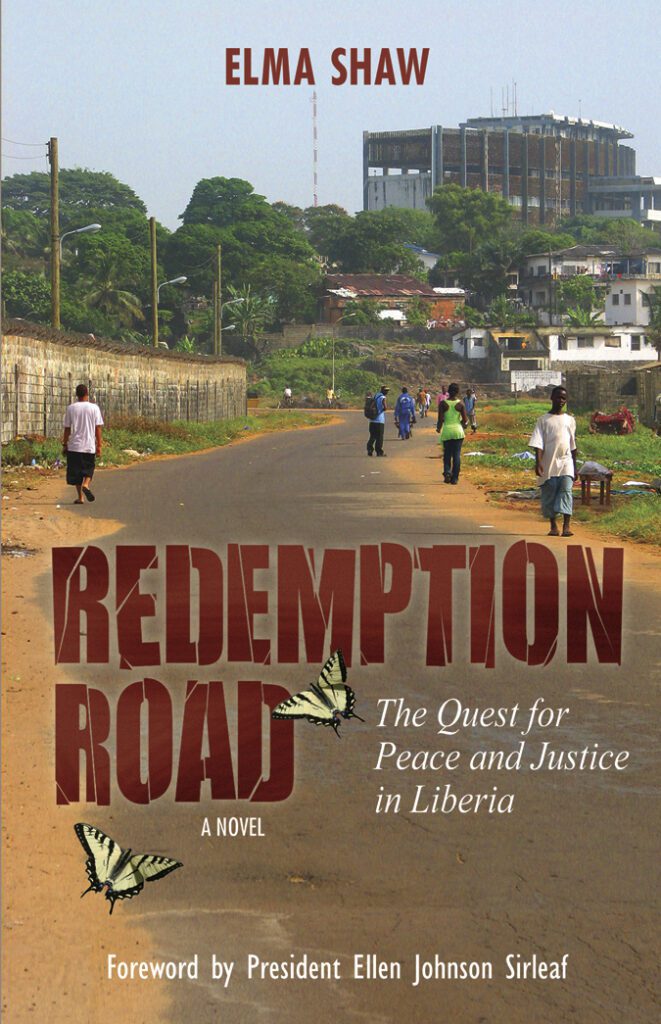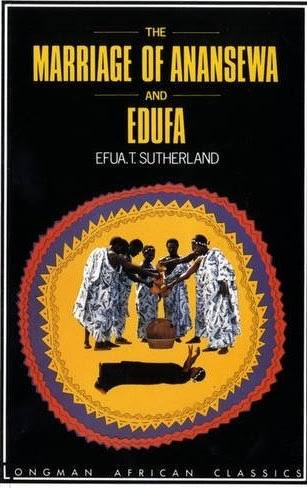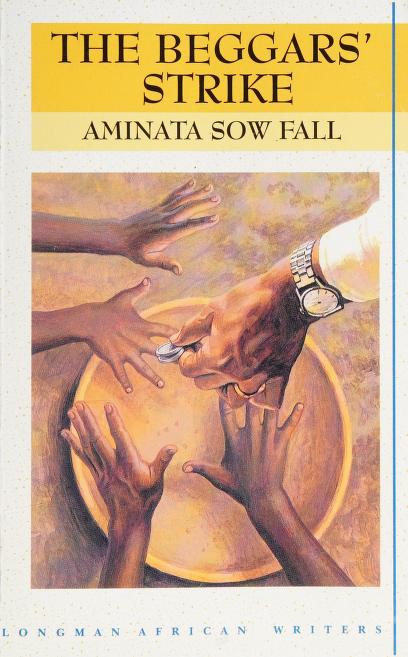🎥 We’re cooking something delicious for you on our YouTube channel. In the coming days, you will learn SSCE literature texts like you're in class 📚✍🏽
Be part of this new journey we are about to embark on.
🔔 Subscribe Now
Symbolism is a literary device where symbols are used to represent ideas, qualities, or concepts beyond their literal sense. There are a few examples of symbolism in Redemption Road. For example, locations such as Executive Mansion and the Temple of Justice symbolize the ideals of governance and justice, contrasted with the reality of corruption and impunity in the text. Bendu’s organization, PIP, also symbolizes on overall the transitory, yet collective, process of redemption, forgiveness, reconciliation that defines the post-war period in Liberia.
The title of the novel is, itself, an apt demonstration of symbolism in Redemption Road. In the first instance, “Redemption Road” is a derivative of Samuel Doe’s People’s Redemption Council (Chapter 2) and the events that culminated to its formation. It has bearing on where the coup was planned and the path to its execution:
“Their road to redemption was that path from the little house on the beach where the coup was planned, to the Executive Mansion on the hill nearby, where President Tolbert was assassinated. The road to redemption–from the bottom of society to the pinnacle of power–apparently had too many unseen side streets and dark alleyways.”
(p. 135, Redemption Road)

There is a clearer portrayal of this by the author in the caption of the cover photograph:
“On April 12, 1980, a group of 17 noncommissioned officers from the Armed Forces of Liberia walked a path along the ocean behind their barracks, and up to the Executive Mansion at the top of the hill. There, they assassinated President William R. Tolbert, Jr. Ten days later, their new government—the People’s Redemption Council—executed 13 high-ranking officials of Tolbert’s government on the beach by the same path they had taken. The path was soon transformed, and they officially named it “Redemption Road”.”
(cover page, Redemption Road)
In other words, the book’s title is inspired by this road and what it represented for the people before their “dreams of redemption were dashed to the ground” (p. 135) and the new government became a recycle of the ousted government in acts and substance. There were snatches of redemption again in 1990 with the elimination of Samuel Doe but these were short-lived with the carnage that the war birthed.
But then, Elma Shaw uses redemption road in the novel in the third sense to depict the war survivors as they heal from the scars of the war and reconcile from a gory past. It represents for them the journey to healing, reconciliation, rebirth, justice, and forgiveness. Bendu describes this process in these words in her letter:
“The road to redemption is a long one, with many paths branching off along the way. We may get off anywhere we want, but I’m going to keep on searching for the end of it.”
(p. 220, Redemption Road)
Premium PDF
There is a total of 26,272 words in our premium PDF. Download the entire Redemption Road study guide as a printable PDF now!

Receive Literary Updates through our Social Media Channels:
- WhatsApp: Literature PADI
- Telegram: Literature PADI
- YouTube: @literaturepadi
- Facebook: Literature PADI









